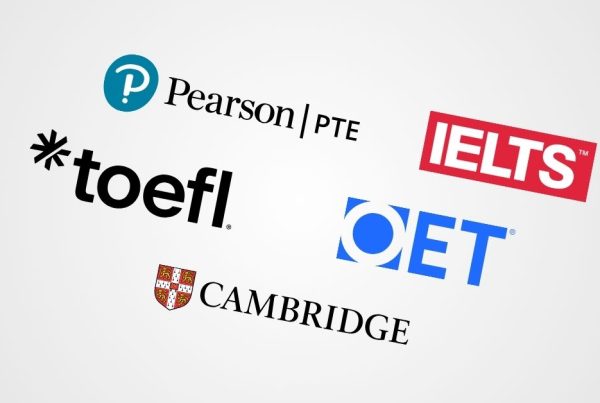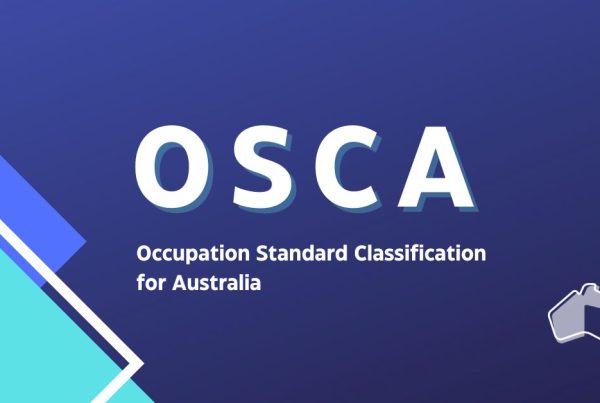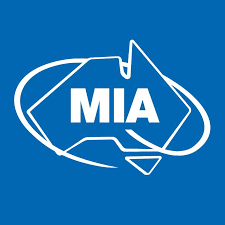With the start of the 2023-24 financial year on 1 July 2023, there are several important updates to take note of. From new arrangements for Work and Holiday Makers to extended stays for select qualification holders, these changes aim to streamline processes, expand opportunities, and enhance Australia’s workforce.
Let’s dive into the key updates:
7 Key Changes to Australia Migration: What You Need to Know from 1st July 2023
1. Higher Income Threshold for Skilled Migration
The Temporary Skilled Migration Income Threshold (TSMIT) has been increased to $70,000. Initially introduced in 2009, the TSMIT underwent annual indexation until 2013, at which point it was set at $53,900 and remained unchanged thereafter. This amendment represents the government’s initial response to the Independent Review of the Migration System and reflects the government’s policy objective of ensuring that skilled migrant workers have adequate means to support themselves in Australia.
2. Work & Holiday Makers
As of 1 July 2023, Papua New Guinea (PNG) has become the newest participant in the Working Holiday Maker (WHM) Program. This new agreement will enable up to 100 citizens of PNG to journey to Australia using the Work and Holiday (subclass 462) visa. Individuals who have completed a minimum of two years of post-secondary study in Papua New Guinea can now apply for the Work and Holiday visa.
There’s also great news for applicants from the United Kingdom. The age limit for the Working Holiday (subclass 417) visa has been extended from 30 to 35 years old. This change allows more UK citizens to embark on an adventure Down Under.
In the context of the WHM Program, as of 1 July 2023, Condition 8547 has also been reintroduced for participants of the program. This condition applies to individuals holding either Subclass 417 or Subclass 462 visas and restricts them from working with a single employer for more than six months. Relevantly, this change does not apply retrospectively, and any work carried out by a WHM prior to July will not be counted towards their six-month limit with the same employer.
3. Increase in Visa Fees
As part of the recent changes, Visa application charges (VACs) have also been adjusted in line with the 2023-24 forecast CPI. Most visa categories have experienced a 6% increase above CPI, with exceptions for certain visas. Here’s a brief overview of some of the most popular subclasses:
| Visa Type | Subclass | Before | From 1st July 2023 |
| Partner visa (Onshore / Offshore) | 820/801 & 309/100 | $8,085 | $8,850 |
| Skilled visas | 189 / 190 / 491 | $4,240 | $4,640 |
| Graduate | 485 | $1,730 | $1,895 |
| Student | 500 | $650 | $710 |
| Visitor (Onshore) | 600 | $380 | $475 |
| Visitor (Offshore) | 600 | $150 | $190 |
| Working Holiday Maker | 417 / 462 | $510 | $635 |
| Temporary Skill Shortage (Short Term) | 482 | $1,330 | $1,455 |
| Temporary Skill Shortage (Long Term) | 482 | $2,770 | $3,035 |
| Employer Nomination Scheme (ENS) | 186 | $4,240 | $4,640 |
| Significant Investor stream | 188 | $9,195 | $13,860 |
| Significant Entrepreneur stream | 188 | $4,240 | $6,395 |
| All other applicants | 188 | $6,270 | $9,450 |
To facilitate your search for visa subclass processing fees, our VAC Search (only subscribers) has been fully updated with the new charges.
4. Direct Australian citizenship for New Zealand citizens
The Subclass 189 (Skilled – Independent) visa in the New Zealand Stream will no longer accept new primary applications.
Starting from 1 July 2023, New Zealand citizens holding a Special Category (subclass 444) visa who arrived in Australia after 26 February 2001, and have lived in Australia for four years or more will be eligible to apply for Australian citizenship directly. They will no longer be required to apply for and obtain a permanent visa, making the New Zealand stream of the Subclass 189 (Skilled – Independent) visa redundant.
While partners and dependants can still join undecided Subclass 189 visa applications, non-New Zealand citizen family members will need sponsorship from the new Australian citizen to gain permanent residence in Australia.
5. Work Restrictions for Student Visa Holders
From 1 July 2023, work restrictions have been reinstated for student visa holders, limiting their work hours to 48 hours per fortnight. This adjustment aims to strike a balance, enabling students to prioritise their studies while also providing them with valuable work opportunities to contribute to Australia’s workforce requirements.
However, there is an exception to this rule. Student visa holders who were already employed in the aged care sector as of 9 May 2023 and continue to work in that sector are permitted to work without restrictions until 31 December 2023.
6. Extended Stay for Subclass 485 Visa Holders
From 1 July 2023, select international students who complete eligible qualifications in areas such as science, medicine, healthcare, engineering, and technology will have their post-study stay extended. The duration of stay will increase from:
- two years to four years for Bachelor degrees
- three years to five years for Masters degrees
- four years to six years for all Doctoral degrees.
Existing regional settings will be maintained, and additional two years may be granted where applicable.
Also, starting 1 July 2023, applicants who meet the requirements for their initial Temporary Graduate visa will receive an extra two years beyond the standard visa duration. Moreover, eligible applicants who apply for a Temporary Graduate visa in the Replacement or Post-Study Work streams, and have studied and resided in regional Australia, will also receive an additional two years if they haven’t already received it on a previous Temporary Graduate visa.
7. Occupation & Skills Assessment – Graduate Work Stream
For Graduate Work stream visa applications lodged from 1st July 2023, applicants must hold a qualification relevant to an occupation on the MLTSSL list and undergo a skills assessment in the nominated occupation. This requirement was temporarily removed between 1st July 2022 and 30th June 2023.
What about the future?
The start of the new financial year has brought about significant changes that shape the future of migration to Australia. In addition to legislative changes, the government’s allocation of 30,375 visa places for the 2023-24 program (Skilled Independent visa) demonstrates a strong commitment to attracting skilled professionals and addressing the country’s growing demands. This substantial number of visa allocations follows the remarkable achievement of issuing over 66,000 invitations for Subclass 189 visa in the previous year.
However, as we look ahead, it is essential to recognise that the landscape of skilled migration is continually evolving.
- The government has indicated its intention to review the points calculator for skilled visas to raise the bar and make the system more competitive; as Home Affairs Minister Clare O’Neil said, “The bar is set too low”. This reflects a future where Australia strives to attract the highest calibre of skilled individuals.
- Let’s not forget the potential changes to employer sponsorship regulations that offer a glimpse into a more flexible and dynamic job market. The proposed possibility of obtaining permanent residency after two years of sponsorship and an extended period to secure a new sponsor indicates a government keen on empowering skilled workers to explore diverse career opportunities within Australia – ‘People working on Temporary Skilled Shortage visas will have six months instead of 60 days to be without an employer‘
At Anzscosearch, we understand the challenges and opportunities that lie ahead and remain committed to providing up-to-date information and guidance throughout your migration journey.
If you’re interested in discussing your visa options, please feel free to contact us or book a consultation.
Noemi Gonzalez
Need immigration assistance?
No problem.
We can help you achieve your migration goals.
About Anzscosearch
Who we are?
We are Registered Migration Agents providing honest and transparent advice in relation to Australia’s visa program.
What is Anzscosearch (the tool)?
It is a search engine based on the ANZSCO catalogue that combines all federal and State/Territory skilled occupation lists in one single place.
We also provide useful information for Australia’s visa program.
Is the information provided accurate?
Anzscosearch data draws on information directly provided by third-party official websites and is thus as accurate as of the information on those websites.
Anzscosearch validation and verification processes ensure that all data published is as complete, accurate and reliable as possible.
We have been doing this since 2014.








